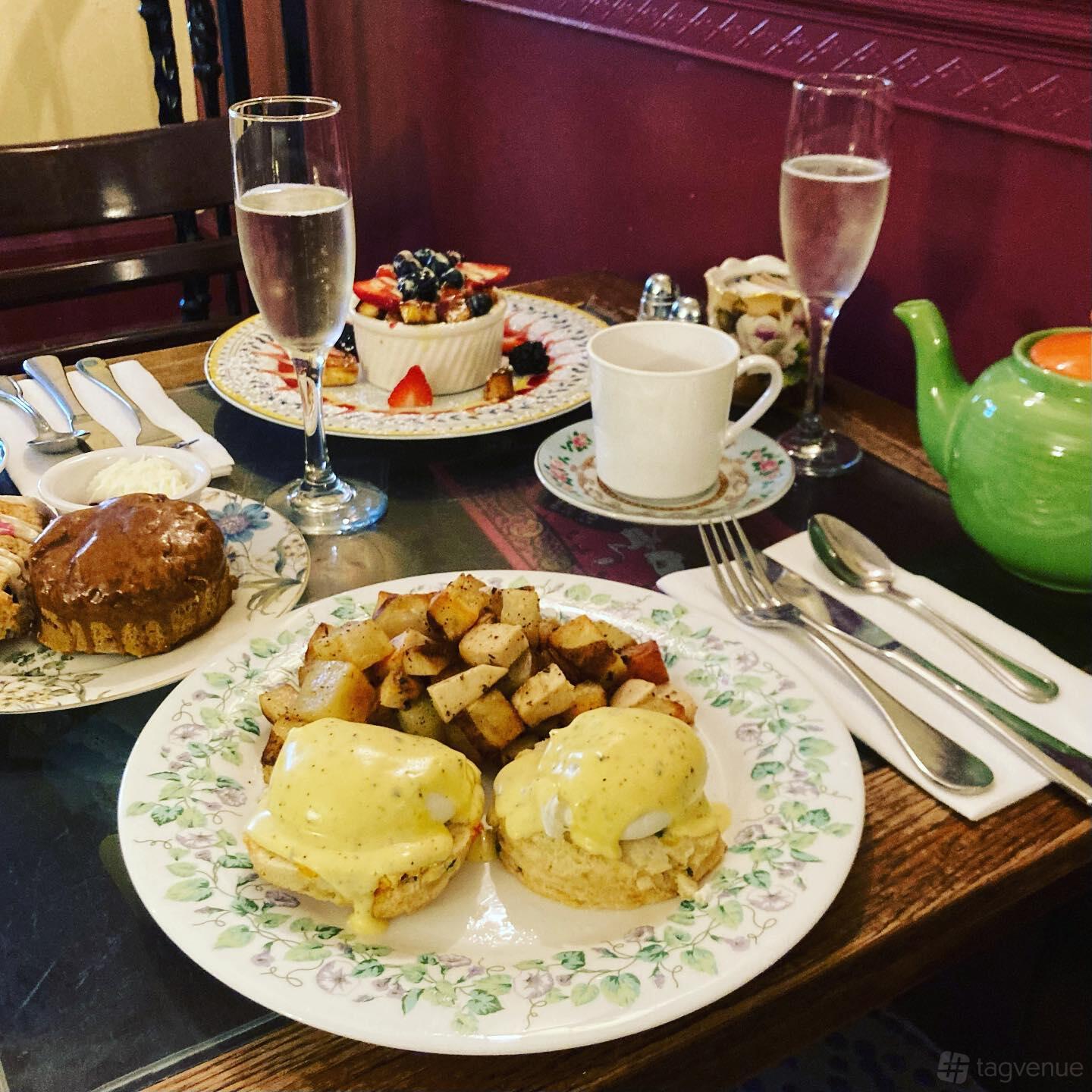Alices tea cup chapter 2 – Embark on a whimsical journey into Chapter 2 of Alice’s Tea Cup, where imagination runs wild and the boundaries of reality blur. This enchanting chapter delves into Alice’s extraordinary adventures, introducing a captivating cast of characters and exploring profound themes through the lens of a young girl’s curiosity.
Join Alice as she navigates the curious world of Wonderland, encountering eccentric individuals and encountering perplexing riddles that challenge her perception of the world. With vivid imagery and thought-provoking symbolism, this chapter promises an immersive experience that will linger long after the final page is turned.
Plot Overview

In Chapter 2, Alice’s Tea Cup, Alice and her friends continue their adventures in Wonderland. They encounter new characters, face challenges, and uncover secrets.
Alice, still searching for her way home, stumbles upon a peculiar tea party hosted by the Mad Hatter and the March Hare. The tea party is chaotic and nonsensical, and Alice struggles to make sense of the strange events unfolding around her.
The Mad Hatter
The Mad Hatter, a whimsical and eccentric character, serves Alice a tea that makes her shrink in size. Alice finds herself caught in a game of croquet with the Queen of Hearts, a tyrannical ruler who is determined to cut off Alice’s head.
The Cheshire Cat, Alices tea cup chapter 2
Amidst the chaos, Alice meets the Cheshire Cat, a mysterious creature that can vanish and reappear at will. The Cheshire Cat provides Alice with cryptic advice and helps her navigate the strange world of Wonderland.
Character Analysis: Alices Tea Cup Chapter 2

The journey through Wonderland continues in Chapter 2, with Alice navigating the fantastical realm and encountering an array of intriguing characters. Her experiences shape her growth and challenge her perceptions.
Throughout her adventures, Alice faces numerous obstacles that test her resolve. Her curiosity leads her into unpredictable situations, forcing her to confront her fears and adapt to the whimsical rules of Wonderland.
Alice’s Development
Alice’s initial bewilderment gradually transforms into a sense of wonder and acceptance. She embraces the surreal nature of Wonderland, allowing herself to be immersed in its absurdities. As she interacts with the peculiar inhabitants, Alice’s imagination blossoms, and she gains a newfound appreciation for the unexpected.
Supporting Characters
- The Duchess: An eccentric and domineering figure, the Duchess embodies the chaos of Wonderland. Her impulsive actions and bizarre logic provide a constant source of amusement and bewilderment for Alice.
- The Cook: A perpetually irate individual, the Cook represents the frustrations and inconveniences of daily life. Her temper tantrums and messy kitchen reflect the unpredictable nature of Wonderland.
- The Cheshire Cat: A enigmatic and elusive creature, the Cheshire Cat serves as a guide and a source of wisdom. His cryptic remarks and ability to appear and disappear at will challenge Alice’s perceptions of reality.
Themes and Symbolism
Chapter 2 of Alice’s Tea Cup explores various underlying themes and employs symbolism to convey deeper meanings.
Theme: Identity and Self-Discovery
Alice’s journey through the strange and unfamiliar world of Wonderland symbolizes her search for her true identity and purpose. Through her encounters with peculiar characters and surreal experiences, she questions her own perceptions and challenges societal norms.
Symbol: The Tea Party
The tea party represents a chaotic and nonsensical social gathering that reflects the absurdity of Victorian society. The characters’ bizarre behavior and lack of decorum highlight the superficiality and hypocrisy that Alice witnesses in her own world.
Symbol: The Cheshire Cat
The enigmatic Cheshire Cat symbolizes knowledge and mystery. Its ability to appear and disappear at will represents the elusive nature of truth and the challenge of finding answers in a world where logic and reason often fail.
Literary Techniques
Carroll’s writing in “Alice’s Adventures in Wonderland” is characterized by its rich use of literary devices. These techniques contribute significantly to the novel’s dreamlike and surreal atmosphere, enhancing the reader’s immersive experience.
Imagery
Carroll employs vivid and imaginative imagery to create a captivating and visually striking world for the reader. His descriptions of Alice’s encounters with peculiar creatures and bizarre landscapes evoke a sense of wonder and curiosity.
For instance, the description of the Cheshire Cat’s gradual disappearance, leaving only its grinning face suspended in the air, is a memorable example of Carroll’s evocative imagery.
Foreshadowing
Carroll subtly foreshadows events and reveals characters’ hidden intentions through clever use of foreshadowing. This technique creates a sense of suspense and anticipation, keeping the reader engaged in the story.
For example, the mention of the “pool of tears” early in the novel foreshadows Alice’s encounter with the Gryphon and Mock Turtle, who help her navigate the emotional turmoil of her journey.
Allegory
The novel can be interpreted as an allegory, offering a deeper level of meaning beyond its surface narrative. Carroll uses characters and events to represent abstract concepts or moral lessons.
For instance, the Mad Hatter’s tea party can be seen as a critique of Victorian society’s rigid social conventions and nonsensical traditions.
Final Wrap-Up
As Chapter 2 of Alice’s Tea Cup concludes, Alice’s journey continues, leaving readers with a sense of wonder and a deeper understanding of the power of imagination. The tale’s enduring themes and memorable characters resonate, inviting readers to reflect on their own perceptions of reality and the limitless possibilities that lie within.
Question Bank
What is the central conflict in Chapter 2 of Alice’s Tea Cup?
Alice’s struggle to navigate the perplexing rules and social conventions of Wonderland.
Who are some of the key characters introduced in Chapter 2?
The Cheshire Cat, the Mad Hatter, and the March Hare.
What is the significance of the tea party in Chapter 2?
It represents Alice’s encounter with the absurd and nonsensical aspects of Wonderland.